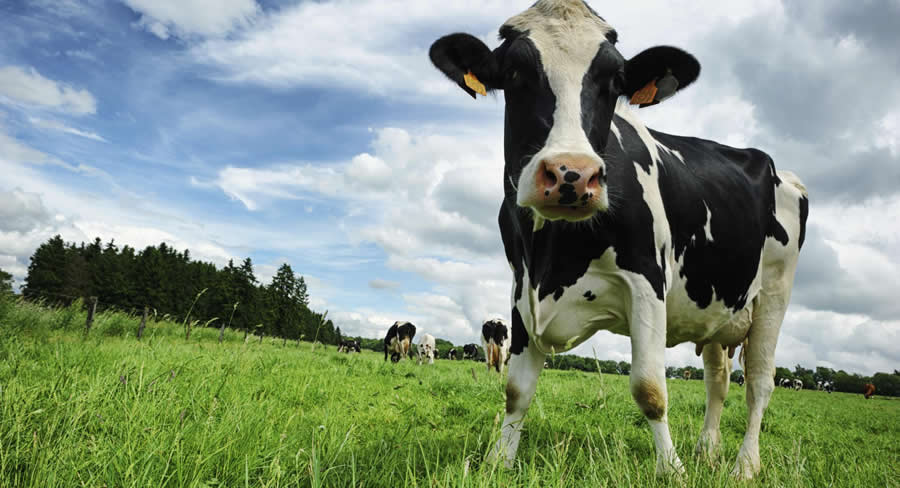
The Fonterra Mapping Programme helps New Zealand tackle an “economy versus environment” dilemma. The island nation, home to nearly five million people, is a major dairy producer and exporter and needs to mitigate the potential effect of dairy farms on the waterways.
Fences around rivers and streams prevent cows from accessing waterways such as rivers and streams and potentially harming the water quality due to manure. Strategic plant buffers near waterways, known as riparian zones, can capture runoff from dairy farms before it drains into waterways.
In 2012 farmer-owned dairy nutrition company Fonterra hired GPS-it, a New Zealand-based land mapping solutions company, to build an app using ArcGIS for Windows Mobile to help Fonterra’s 10,500 farmers identify waterways on their farms to make more effective mitigation plans, from working out where the waterways are located to how to protect them.
In 2015 the app was rebuilt and expanded using Esri’s AppStudio for ArcGIS, a tool that lets you convert maps into consumer-friendly mobile apps ready for Android, iOS, Windows, Mac OS, and Linux. The app was also expanded to allow farmers to design riparian planting plans to further protect waterways and draw in farm management blocks. Using soil information and farming practices, nutrient management plans are created—all in the interest of enhancing water quality.
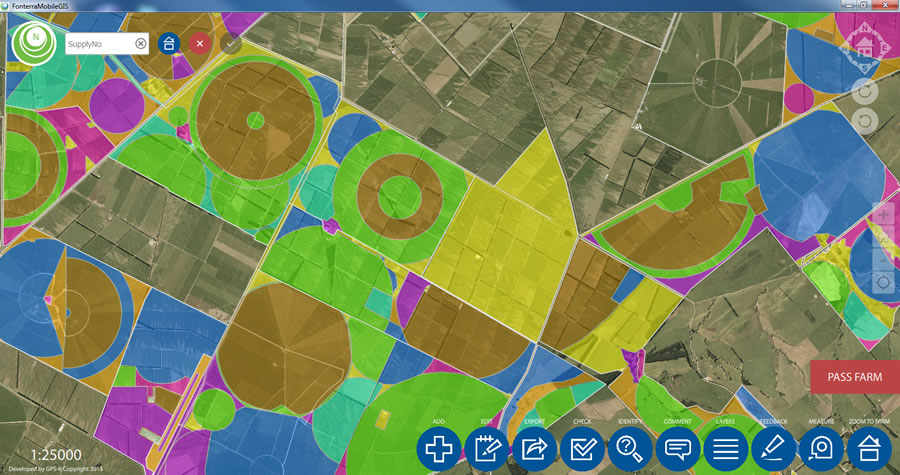
“Nothing beats putting a map in front of someone,” said Matt Flowerday, founder of GPS-it. “We can say, ‘This is your farm, and here are the waterways that you need to protect.’ It’s a fantastic education tool.”
Since using the app, the number of Fonterra farmers actively protecting waterways jumped from 46 percent to 90 percent. Esri writer Jessica Wyland recently interviewed Flowerday about the app’s value.
Wyland: Why did you build the app?
Flowerday: We built the app to help improve the sustainability of New Zealand dairy farms. We needed to run it on multiple devices, and it had to support three projects—waterway protection, nutrient management, and riparian planting on farms. We used AppStudio for ArcGIS, a tool that converts maps into consumer-friendly mobile apps ready for Android, iOS, Windows, Mac OS X, and Linux. The cross-platform functionality appealed to us. We liked that we could customize the app completely without having to worry about iOS, Android, or Windows. The code generates automatically for each device. We use Portal for ArcGIS to determine which people see which data.
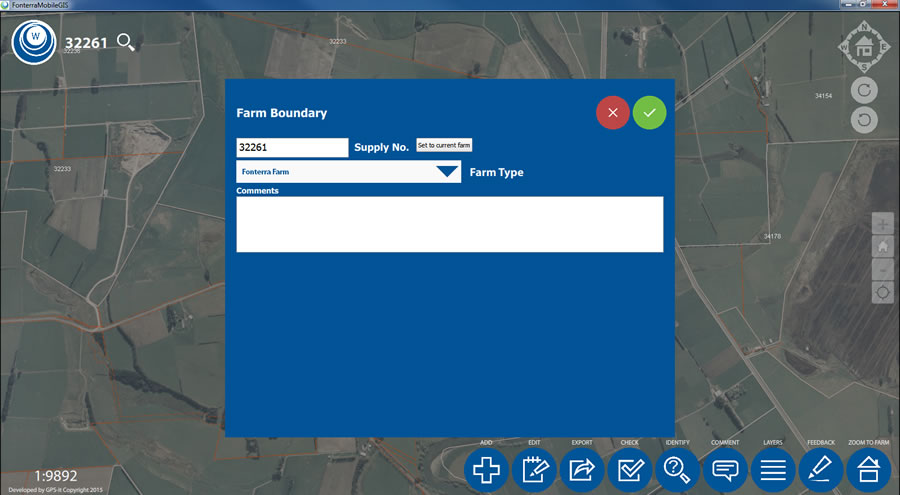
Wyland: How does Fonterra use the app?
Flowerday: Fonterra’s sustainable dairy advisers get about 30 minutes of training using a training demo that’s built into the app. Each time they visit a farmer, they use the app to draw management blocks on the farm and create buffer zones around waterways. They can generate a report about soil types and properties on the farm, then provide a plan for nutrient management, riparian planting, and fencing around waterways.
Wyland: Where did you get the data?
Flowerday: The imagery basemaps, when online, draw from an imagery service hosted in ArcGIS Online. Offline, they come from tile packages cut from the same source. Some of the vector data, such as titles and waterways, was originally sourced from Land Information New Zealand and has been updated and improved upon over several years. Fonterra provided farm location data. Other data layers, such as livestock crossings over waterways, were created from scratch and from data collected by the app’s users.
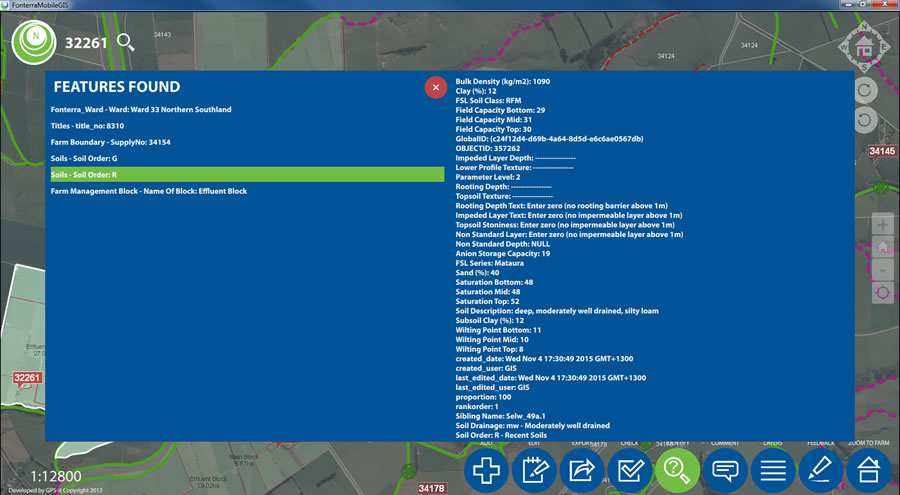
Wyland: How did you get data into the app?
Flowerday: The data is hosted on an Amazon server running ArcGIS for Server with the Portal for ArcGIS extension. Offline geodatabases are generated on the fly onto the devices. The offline basemaps are loaded directly [onto the device].
Wyland: How long did it take to build the app?
Flowerday: The actual AppStudio for ArcGIS app took approximately four months to design and build. The workflow, schema, and existing data were largely already in place from a previous app we built using ArcGIS for Windows Mobile. Since the app is needed on both iOS and Windows devices, we would have doubled the development time if we hadn’t used AppStudio for ArcGIS.
Wyland: Did AppStudio for ArcGIS help you build on existing work?
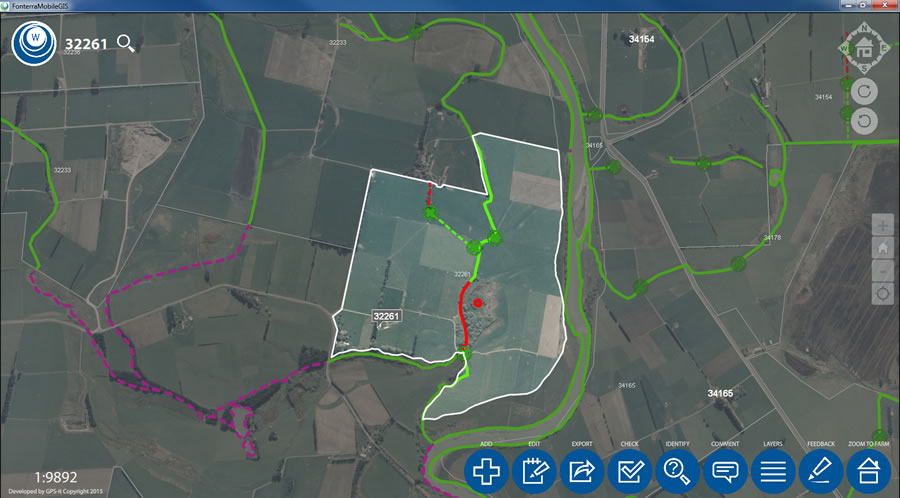
Flowerday: The move to AppStudio for ArcGIS coincided with Fonterra’s migration to a new Amazon server, which required a major rebuild of maps, services, and associated reports and scripts. The value of the existing work was in the datasets and workflows built up. AppStudio for ArcGIS allowed us to expand on this and create app tools for the users. This included basic runtime geometry capabilities, such as clipping and handling multipart features, and the ability to build custom tools that created custom shapes, such as the round pivot and wedge tool.
Wyland: How do the users of the app like it?
Flowerday: Response so far from field staff, farmers, and regulators has been positive. They love it. We have had really good feedback, and local government agencies like it too.
AppStudio for ArcGIS allows users to publish apps with their own brand to all popular app stores—no developer skills required. With AppStudio for ArcGIS, organizations on the ArcGIS platform now have the ability to build cross-platform native apps in a snap. Find out more.
